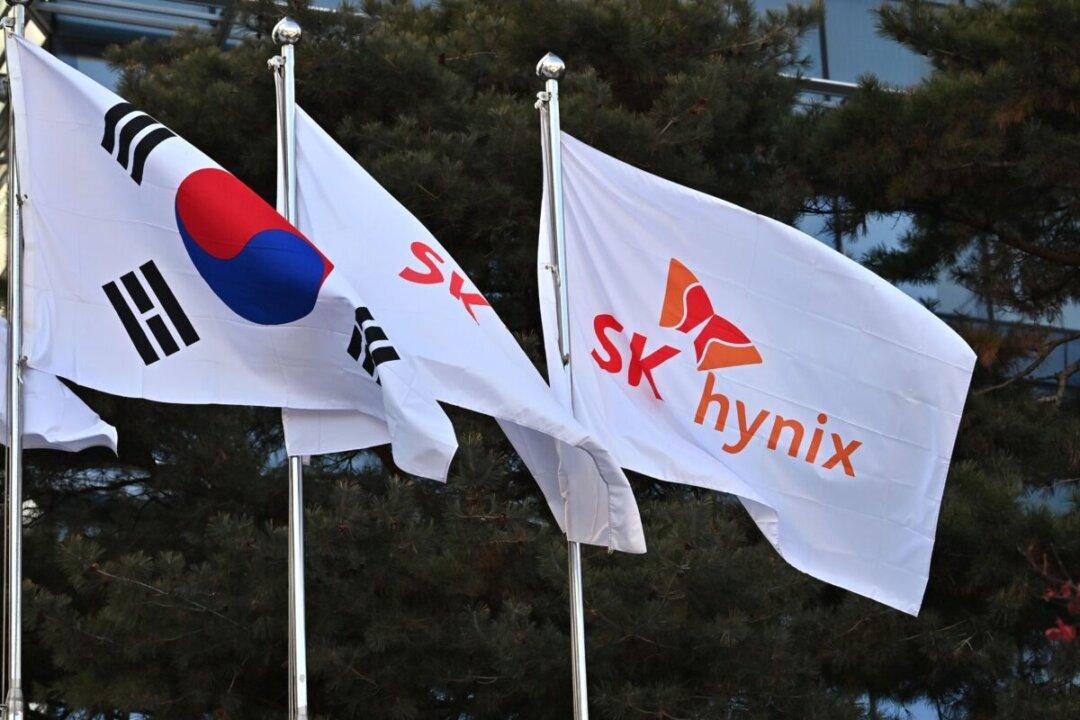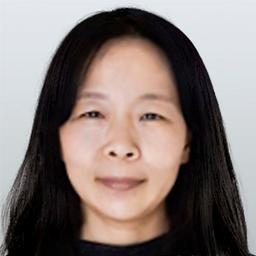News Analysis
A major South Korean chip producer is planning to take cutting-edge equipment to a plant in China. The United States has pointed out that this is a military risk; and one expert says that it is crucial for Korean companies to move their production to the United States over China due to its increasing presence in the U.S. market.





